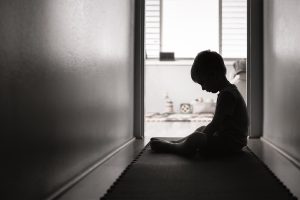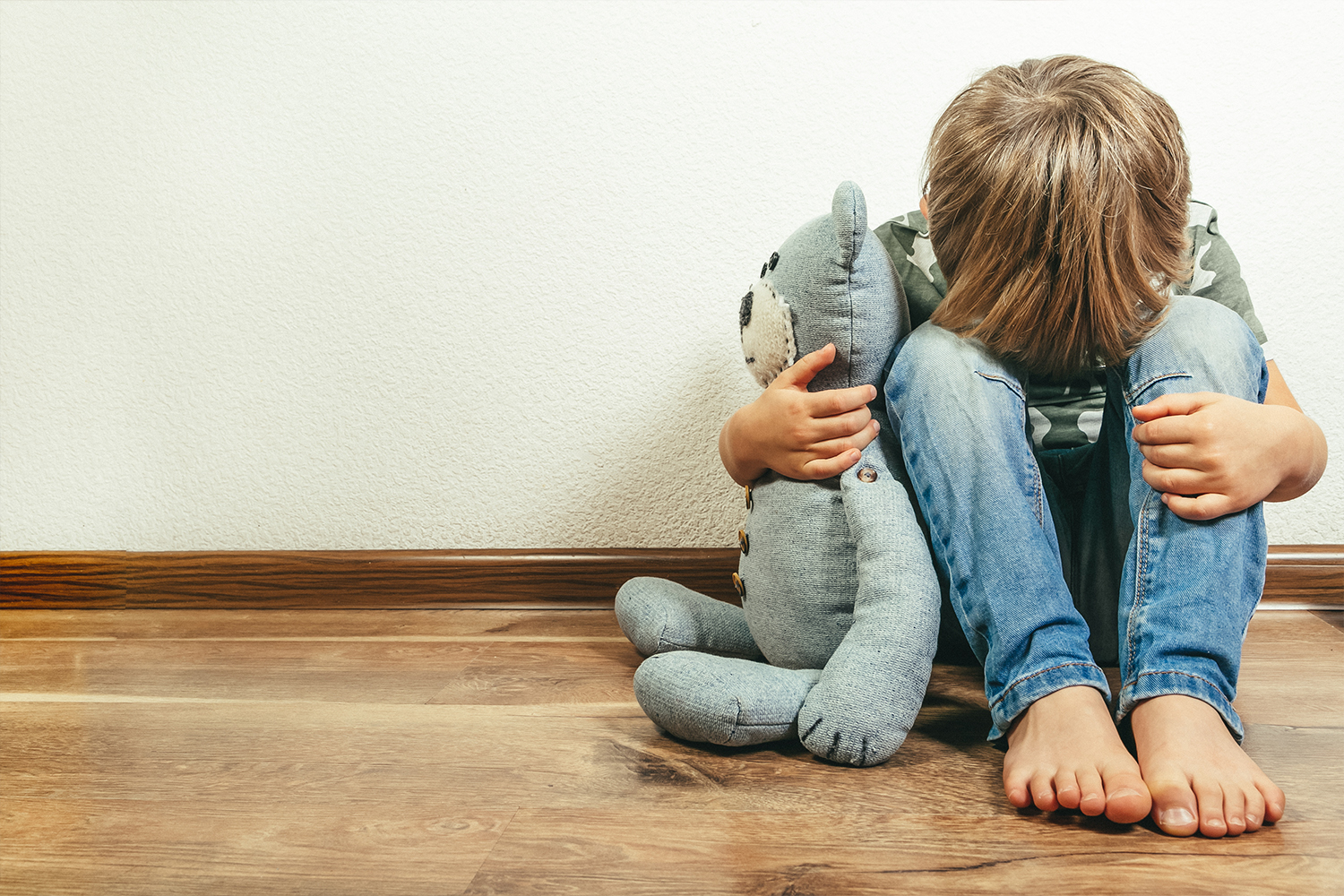Changes and Transitions Happen Faster than We Want!

Let’s face it, children are always growing up too fast and going through different points of transition that may be harder than others. Sometimes during different times of change it can cause anxiety or sadness for kids because they do not know how to handle it. We want to be able to support our children but also foster the idea that they can handle the growth independently as well. With all these thoughts we hear a lot of questions from parents such as: What do we do with all these changes? How do we foster the independence at home, class, and with friends? I can tell my child is not handling the transition well and is anxious or sad about…. but what do I do? How can I tell if the anxiety or sadness has become problematic or if it is just growing pains? These can all be normal questions to ask, and now let’s talk about a few tips.
During periods of change, kids are experiencing a lot of “firsts” that may cause new worries or periods of sadness when things do not go the way it is planned. These feelings can be normal and by recognizing this can help validate what kids are experiencing. These feelings will more than likely decrease after the transition period is over and children feel more confident in what they are facing. If you do not see worries or sad thoughts lower and even increase or spread, then it may be time to find extra support. By seeking support, children can learn tools to help their worries or problematic behaviors lessen.
Change can be a great period of learning and finding levels of independence for children. It can be hard to watch children struggle at points during transitions, but knowing they are in a safe and supportive environment can also help them learn from mistakes when they happen. This allows parents to resist the urge to “save the day” or fix the problem for the kids. By not fixing but coming alongside the children in their worries, can build self-esteem and allow kids to know they can handle their worries with confidence. When a problem does happen, it can be helpful for parents to “problem solve” the situation away. This can look like talking to kids and asking what they think went well or what they want to change next time to make the problem go away. This idea can give confidence to be able to handle the next experience with ease. When you notice your child is beginning to experience worries or sadness because they are going through a development change, change in friendships, or another transition continue to show support by practicing coping skills and monitoring if their feelings are decreasing as they adapt to their new surroundings.



